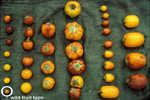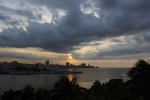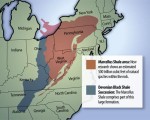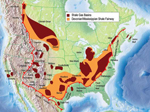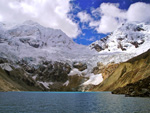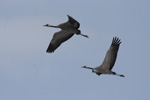Fracking-Earthquake Link Known For Decade By Scientists, Military and Frackers
By Andrew Nikiforuk, The Tyee. Hydraulic fracturing was identified by the U.S. as an earthquake trigger as early as 1990, and scientists have long known that injection of fluid where the Earth’s crust lies closest to faults and fractures can cause earthquakes.
Continue reading →

